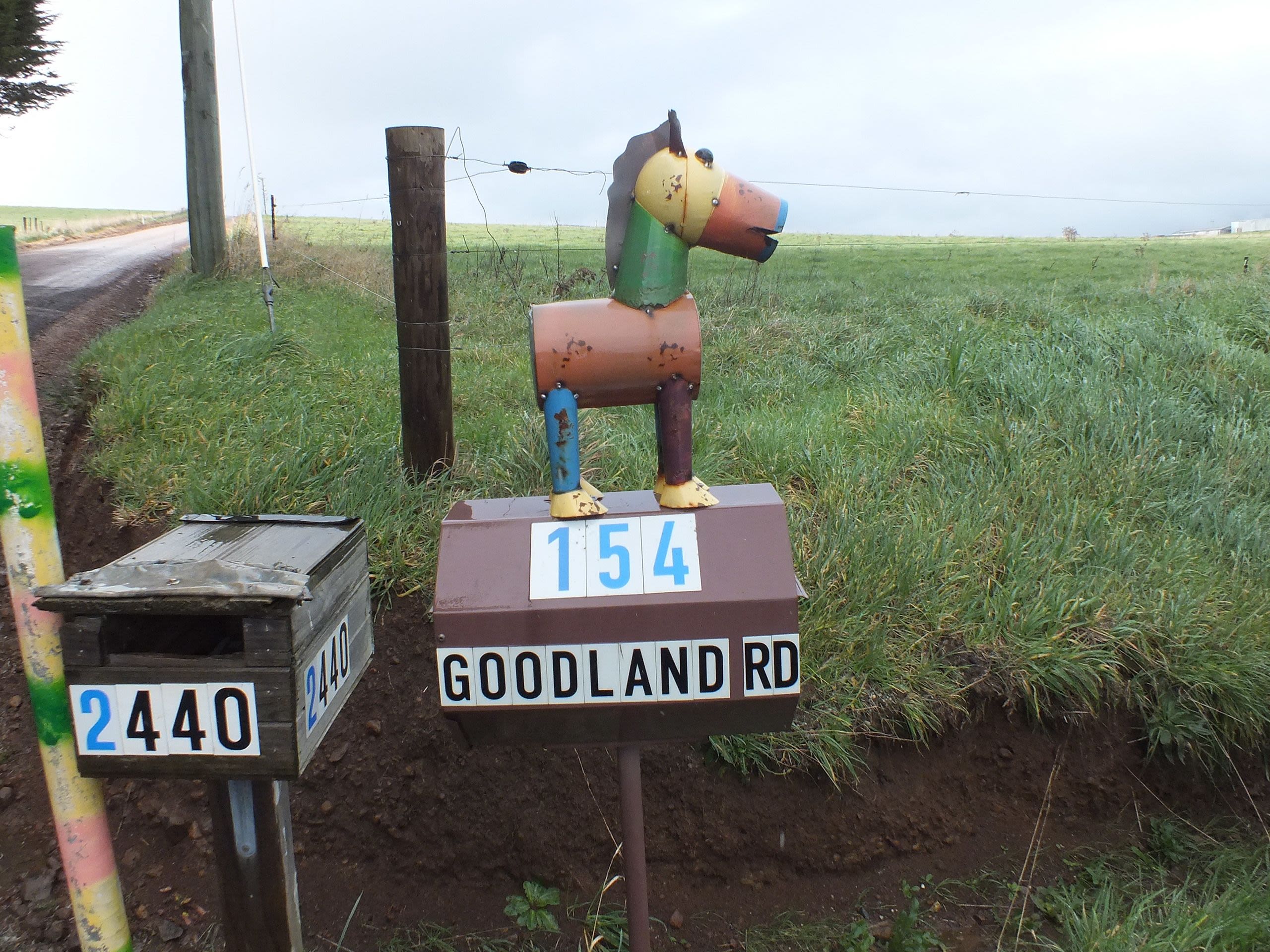Observation Skills
Experiential Education

Objectives
On the completion of this module you will learn:
1. How observation draws on the five senses
2. The differences between qualitative and quantitative observations
3. Techniques for observation that will help you understand processes and practices
4. What to do when conducting observations
5. Tips for writing and recording fieldnotes and remembering observations
6. How to create and use an observation checklist

People, Practices and Processes
Observation means using all of your five senses to gather information about what is happening at a particular time, in a particular setting. It is about what you see, hear, feel, taste and smell. Having good observation skills will allow you to understand culture, behaviours, practices and processes – in any number of settings. For more on definitions, please see Bernard (2004), Dewalt and Dewalt (2002) & Kawulich (2005).
This is an important life skill, but especially relevant during your studies at the University College. This is because you will be expected to observe when engaged in work integrated learning (WIL). There will be times when you are asked to observe the practices and interactions of employees and employers when on a work placement, practicum, internship or during a site visit. There will also be times you are asked to observe during a work simulation or role play.
No matter what the WIL experience is, you will be required to draw on your powers of observation to understand how and why something works the way it does, and how and why people do things in a certain way. However, observation during fieldwork is particularly important. This is because fieldwork at the University College involves conducting research. So, your teachers are extremely likely to expect you to use observation as a method of data collection. You may even collect observational data during site visits related to local case studies or when doing projects, or whilst on a placement or internship.
This may be alongside conducting interviews (or having informal conversations), and doing surveys and collecting artefacts (e.g. photos, videos or documents); or using other methods like completing checklists, or writing field notes.
There are two types of data which can be collected through observation:
- Qualitative
- Quantitative
Watch this short video below which reiterates what observations are and explains the difference between qualitative and quantitative observations.
Qualitative vs quantitative observation | 1:13 mins

Observation Questions
When you observe you should constantly ask yourself questions. Firstly, what is the situation or the broader context? Breaking that larger question down:
- Where are you?
- Who are you observing?
- What are you wanting to learn or understand?
- What part are you playing in this?
- What are you doing exactly?
In other words:
- Detail what is the scene/background/place
- Describe the people (including numbers, positions/roles and any known demographics)
- Explain what is the purpose of the observation (including what you want to know and why)
- Note if you are participating at all (or if you are a bystander)
- Explain if you are taking notes, completing drawings, drafting maps, taking photographs or videos or relying on memory alone
- Note if you are collecting documents or other artefacts
- Detail if and how you are talking with people (are you doing interviews or informal conversations or group questions?
Now ask yourself if you are using all of your senses to collect information?
- What can you see?
- What can you hear?
- What can you feel?
- What can you smell?
- What can you taste?
Whilst observing, remember to constantly ask yourself if you are missing anything. It might be helpful to consider drafting up an observation checklist with these kinds of questions. At the top of the checklist you could include a short blurb that introduces the Work Integrated Learning experience or task. Then include on that checklist the context. For example are you on a field trip, and if yes, where?
- A vineyard?
- A brewery
- A dairy
- An ice-cream parlour?
- A football match?
- A music event?
- A festival?
- A market?
Or, are you on a work placement? Is it more like a practicum or an internship? Or, is it fieldwork that involves collecting data, managing that data and using that data?
In most University College excursions or site visits it is highly likely that consent from partners and industry has already been confirmed. However, if you are ever in doubt about how someone feels about you recording your observations, please check.
What to Observe
A great deal of fieldwork that involves observation is about understanding culture.
Culture can be loosely defined as the organisational principles upon which a society runs: the assumed rules and conventions, the shared values and beliefs, the ways of doing things, and the meanings attributed to these things.
So, fieldwork is about exploring the way of life and shared understandings of a group of people. As part of your WIL experience you may be expected to learn about organisational culture as well as best practices. We therefore recommend that when you observe, you try and understand some of the following:
- Norms
- Expectations
- Beliefs
- Morals
- Attitudes
- Shared thoughts or perceptions
- Values
- World views
- Aspirations
We also recommend that you observe practices and processes to learn why they are in place. For instance, why are things done the way they are done? What does it achieve? So, when you observe, try and note and understand the following:
- What is the practice or process you are observing?
- Why is that practice or process in place?
- What does that practice or process achieve?
- What would happen if that practice or process was not in place?
- What makes the practice or process work? Why? How?
In addition, we encourage you to observe the type of skills and attributes needed to complete certain tasks, and ask yourself:
- What skills are needed to do a, b, c and d?
- Do I have these skills?
- How can I better develop these skills?
- What attributes might a person need to have to do this job?
- Do I have these attributes?
- Is this kind of work, or workplace right for me?
Next time you venture out on a field trip or excursion to a workplace, try and investigate ‘practices’ and the organisational culture through observation. Before you go, consider, how will you learn about behaviours and find out why people behave in a certain way? What exactly will observation ‘look like’ to you? Afterwards, consider the following:
- What did you have to do to understand the organisations key approaches?
- What did you have to do to learn the normal behaviours or practices of employees?
- How did you come to understand the organisation’s mission, core values and staff expectations?
- How did you come to learn about the business or company outcomes or outputs?
- How did you come to understand what kind of attributes and skills would you need in this setting or workplace to be able to do the tasks?
What did you find difficult to understand through the methods you employed and what would you do differently next time?
Portfolio Activity
Guided by questions already presented in this module and any of your own - Draft an observation checklist for the next excursion. Take it with you and use it how you see fit (e.g. as a hardcopy guide or within google documents or notes to type into on your phone). Upload the completed checklist with field notes to your portfolio. Detail what you observed, what you learned, how you learned it, and how it might guide you in the future with personal, profession and academic goal setting.
Additional Tips
- Try and pay attention to the overall situation/scene as well as individual situations. So, shift back and forth from observing as a whole to concentrating on one person and their activity and interactions (i.e. switch from broad perspective to narrow when observing)
- Listen out for and note language (i.e. key words) in conversations to help you remember content and context
- Concentrate on who interacts with who, how they interact and how decisions are made
- Note the frequency of practices, behaviours or activities (count number of times done, number of people)
- Note the complexity of practices, behaviours or activities
- Draw maps or sketch out what you observe to aid in remembering (or to use as an artefact)
- Look for themes or patterns in behaviour and activity
- Try and include exact quotes in your field notes
- Record activities in order (in your field notes)
- Write descriptions without including your own interpretation (in your field notes)
- Remember to record non-verbal cues and gestures
- Ask insiders about the meaning behind language or non-verbal signals/cues/gestures
- Take photographs or collect artefacts to draw on later for detail.
I recently journeyed through the small town of Wilmot in the Cradle Coast region of Tasmania and noticed a number of houses had unique letterboxes. Some of which I took photographs of, and used in this module as background images. I was intrigued by it, so much so that I stopped to take pictures in the rain.

Those pictures became useful artefacts for me to rely on to later describe what those letterboxes looked like. Think about collecting photos or other artefacts whenever you do any fieldwork, site visits, work placements and so forth as they are great for jogging your memory and helping you with detail. In hindsight, I should have drawn a street map of where the letterboxes were located and asked some locals the meaning behind them.
Leading Activity
Amended from Kawulich
Think about a place that you know well. This could be a room in your home, or workplace, or somewhere you often spend time. Now make field notes that include a map of that scene with a physical description of everything you can remember about what is in that setting. When you go to that setting – compare what you have written as field notes with what is in the actual setting. How accurate where you? Is it easy to overlook certain things that you probably have not consciously tried to remember? One way to better develop your observation skills is to start thinking about paying more attention to details. You could try doing this by reminding yourself of this activity whenever you are in a room or place. What do you see, hear, smell, feel and taste? We recommend you upload this completed activity to your portfolio as evidence of genuine engagement in the course. Alternatively, you may prefer to upload field notes and drawings or photographs from actual site visits, work placements and so forth.
Conclusion
As part of your work integrated learning experiences at the University College you will be expected to draw on your five senses (i.e. observe) to gather information about practices and processes in a particular setting. You may need to observe during fieldwork, or whilst on a site visit or work placement.
Observation might also be required as part of an internship, or practicum or throughout a work simulation or a project. No matter what, you will be expected to observe, analyse that observation for meaning and talk about what you learned.
This module was designed to assist you to understand techniques for observation and for collecting data to complement those observations. If you are unsure about how to develop an observation checklist or engage in the action of observation once completing this module, please talk with your teacher or tutors.

References
Bernard, H. Russell (1994). Research methods in anthropology: qualitative and quantitative approaches (second edition). Walnut Creek, CA: AltaMira Press.
DeWalt, Kathleen M. & DeWalt, Billie R. (2002). Participant observation: a guide for fieldworkers. Walnut Creek, CA: AltaMira Press.
Erlandson, David A.; Harris, Edward L.; Skipper, Barbara L. & Allen, Steve D. (1993). Doing naturalistic inquiry: a guide to methods. Newbury Park, CA: Sage.
Marshall, Catherine & Rossman, Gretchen B. (1989). Designing qualitative research. Newbury Park, CA: Sage.
Merriam, Sharan B. (1988). Case study research in education: a qualitative approach. San Francisco: Jossey-Bass Publishers.
Schensul, Stephen L.; Schensul, Jean J. & LeCompte, Margaret D. (1999). Essential ethnographic methods: observations, interviews, and questionnaires (Book 2 in Ethnographer's Toolkit). Walnut Creek, CA: AltaMira Press.
Taylor, Steven J. & Bogdan, Robert (1984). Introduction to qualitative research: The search for meanings (second edition). New York: John Wiley.
Wolcott, Harry F. (2001). The art of fieldwork. Walnut Creek, CA: AltaMira Press.
Largely Cited In:
Kawulich, Barbara B. (2005). Participant Observation as a Data Collection Method [81 paragraphs]. Forum Qualitative Sozialforschung / Forum: Qualitative Social Research, 6(2), Art. 43, <http://nbn-resolving.de/urn:nbn:de:0114-fqs0502430>.
This module was created by Dr Cherie Hawkins in June, 2017 for the Practice and Portfolio Program within the University College, UTAS.

